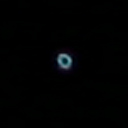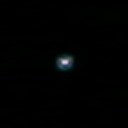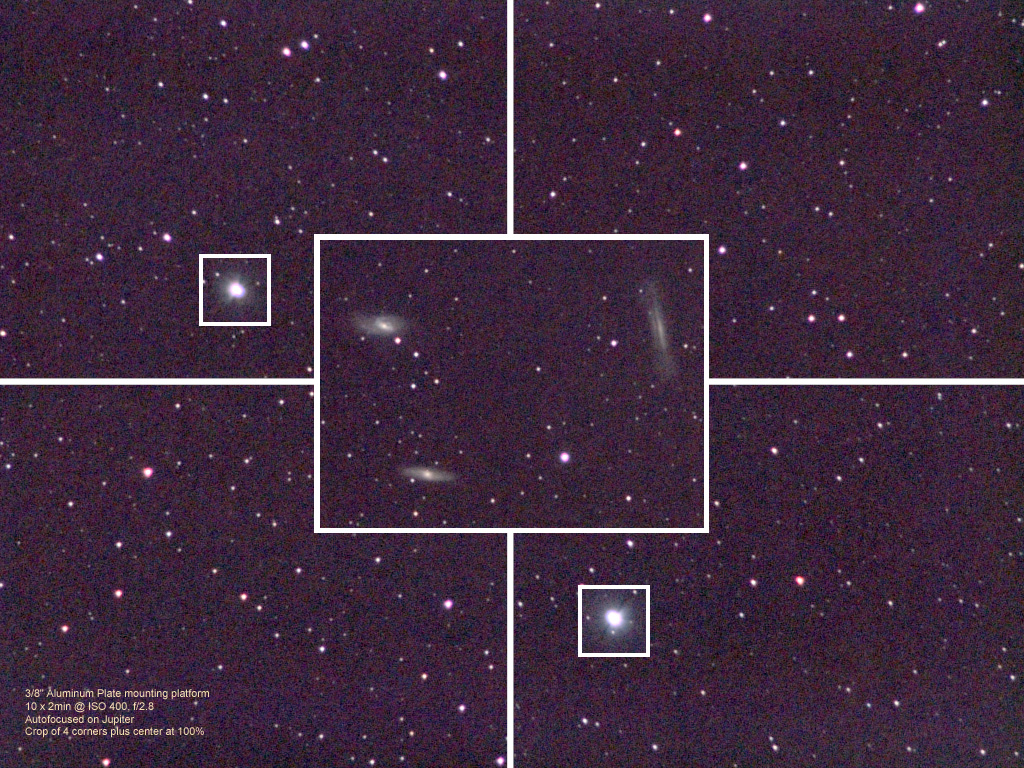Canon EF 200mm f/2.8L II Lens Test
This page compares various mounting plates, aperture settings, and
focus methods for use with the
The images below are a mosaic of full-resolution crops of the four
corners, plus the center, of shots taken wtih a
| Aperture | Mounting Plate | Focus Method |
|---|---|---|
| f/2.8 | 3/8" Aluminum | Autofocused on Jupiter |
| f/2.8 | 5/8" MDF | Manual focus via DSLRfocus |
| f/4.0 | 5/8" MDF | Manual focus via DSLRfocus |
| f/5.6 | 5/8" MDF | Manual focus via DSLRfocus |
Mouse over the text labels below to cycle through the four images:
| [Aluminum f/2.8] [MDF f/2.8] [MDF f/4.0] [MDF f/5.6] | |
|
Note: the mouseover effect requires JavaScript to be enabled. If you don't have JavaScript enabled, click on the links below to load the images in their own pages:
Conclusions
Comparing the two f/2.8 images, it looks to me as if neither plate has any differential flexure issues. I'll probably use the 3/8" aluminum plate for future tests "just to be sure". Similarly, it appears that autofocusing on Jupiter (at least at f/2.8) provides comparable focusing results to using DSLRfocus on a star.
Second, it appears that this lens has a bit of astigmatism when used "wide open". To prove this assertion, note the "kite-shaped" (as opposed to circular) appearance of the stars in the above images, even the stopped-down ones. Also, not the appearance of these two shots of a star just inside, and just outside, of focus, respectively, at 2x image scale to make the effect more visible:
| Inside: | Outside: |
 |  |
Notice how the two out-of-focus patterns are elongated at 90° to each other, the tell-tale sign of astigmatism. The bottom line of this lens seems to be that it only provides clean stars edge-to-edge when stopped down to f/5.6.
